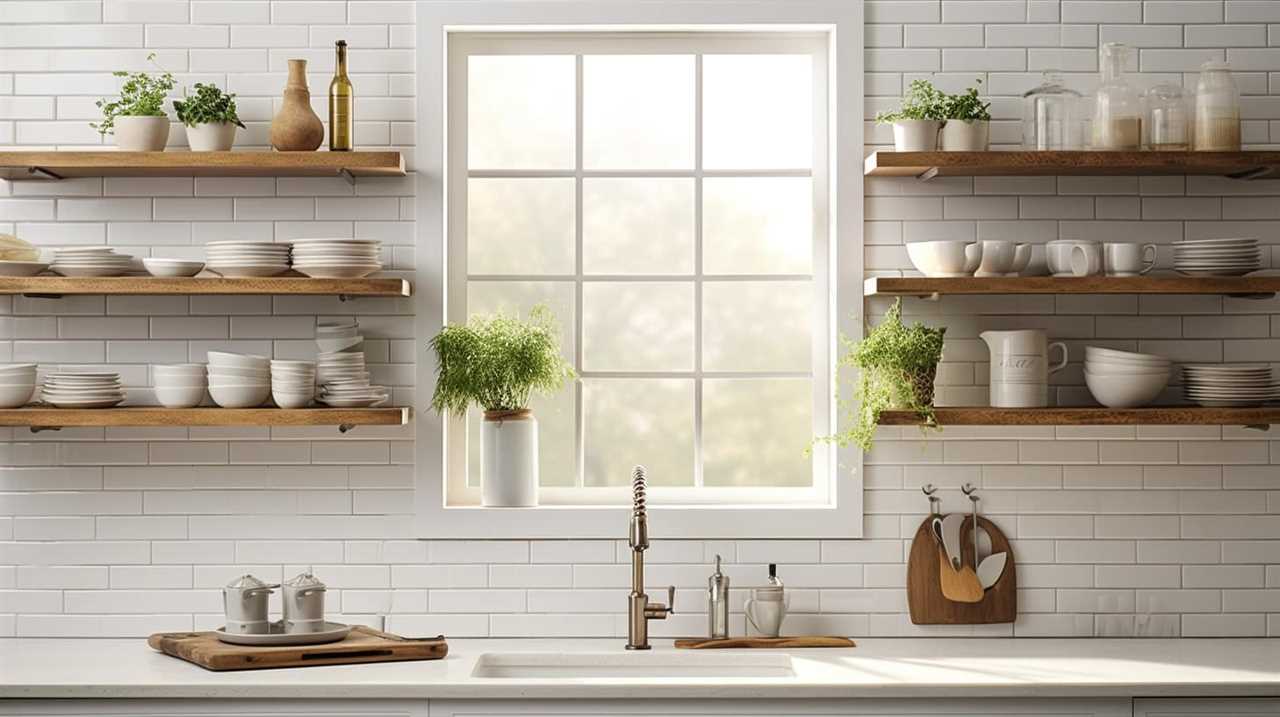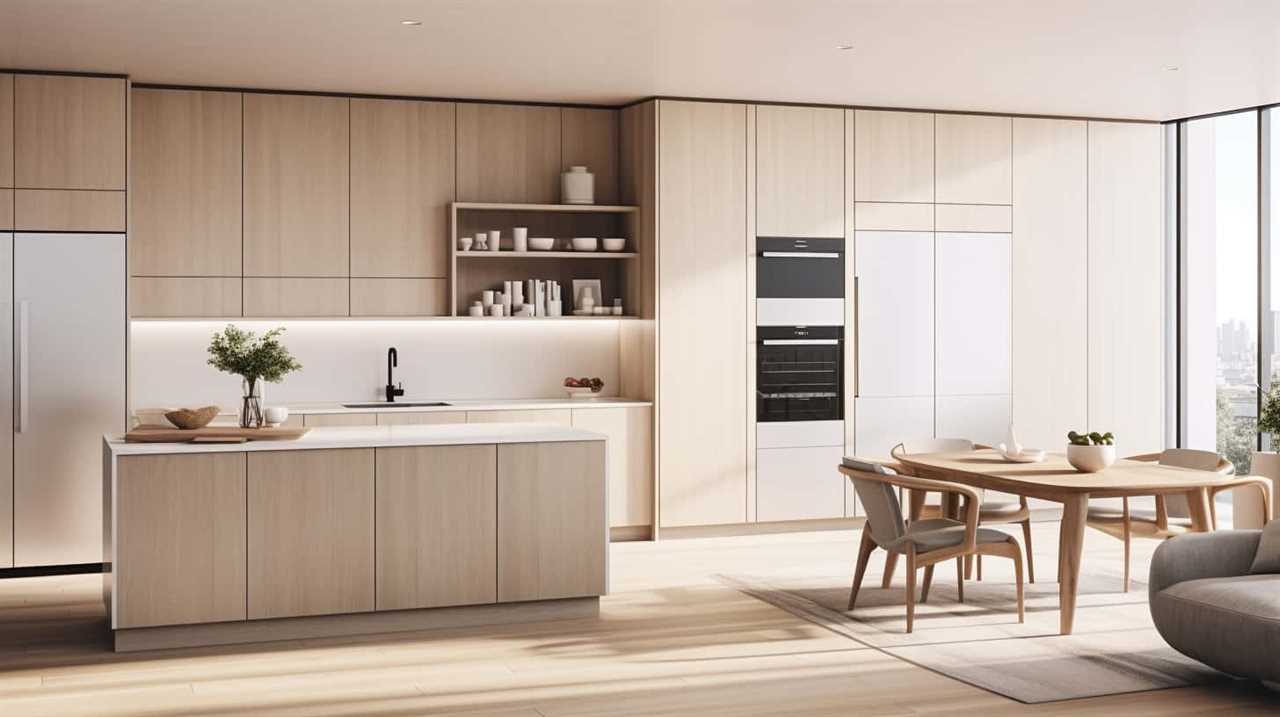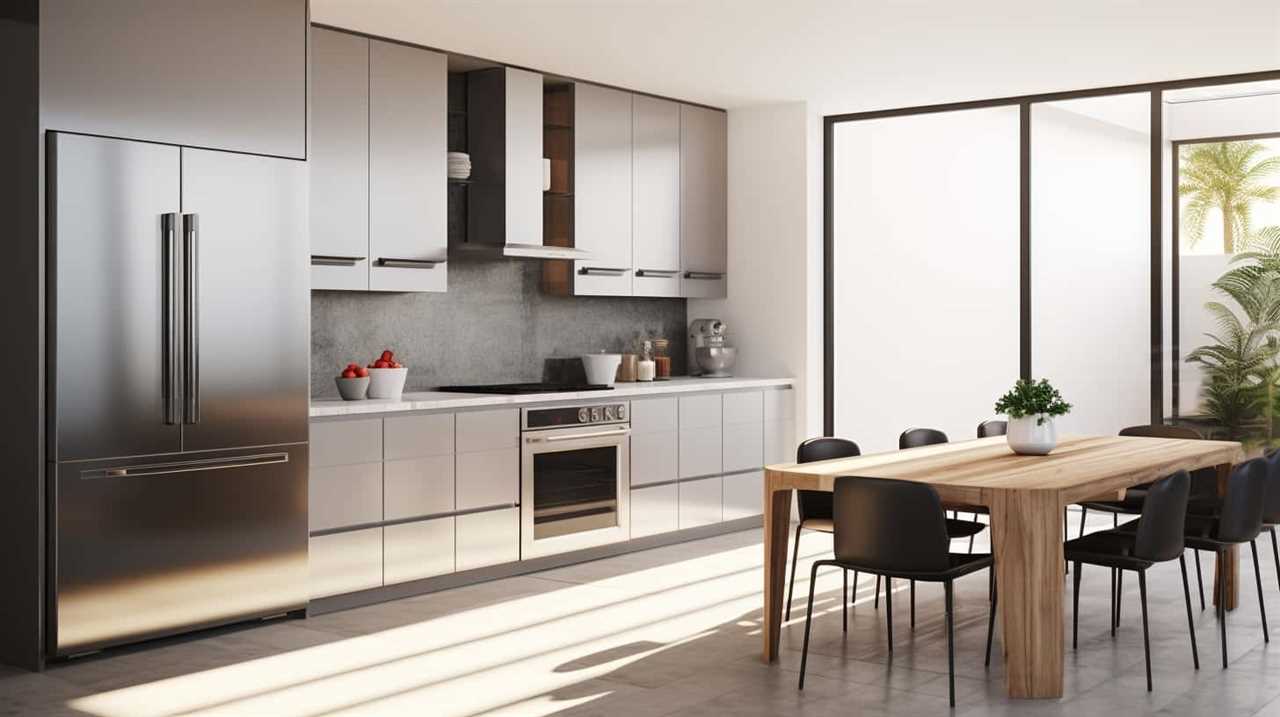When looking to improve energy efficiency and lower electricity costs, many in the UK are now asking whether unplugging appliances actually reduces electricity usage. This investigation focuses on standby power consumption, which is the energy appliances use when they are plugged in but not in use.
By understanding the impact of vampire energy and exploring the effectiveness of unplugging versus using power strips, individuals can make informed decisions about their energy usage.
Additionally, gaining knowledge about common appliances and their standby power consumption allows for targeted and strategic energy-saving practices.
This article aims to provide energy-saving tips and shed light on the potential savings that can be achieved by unplugging appliances in the UK.
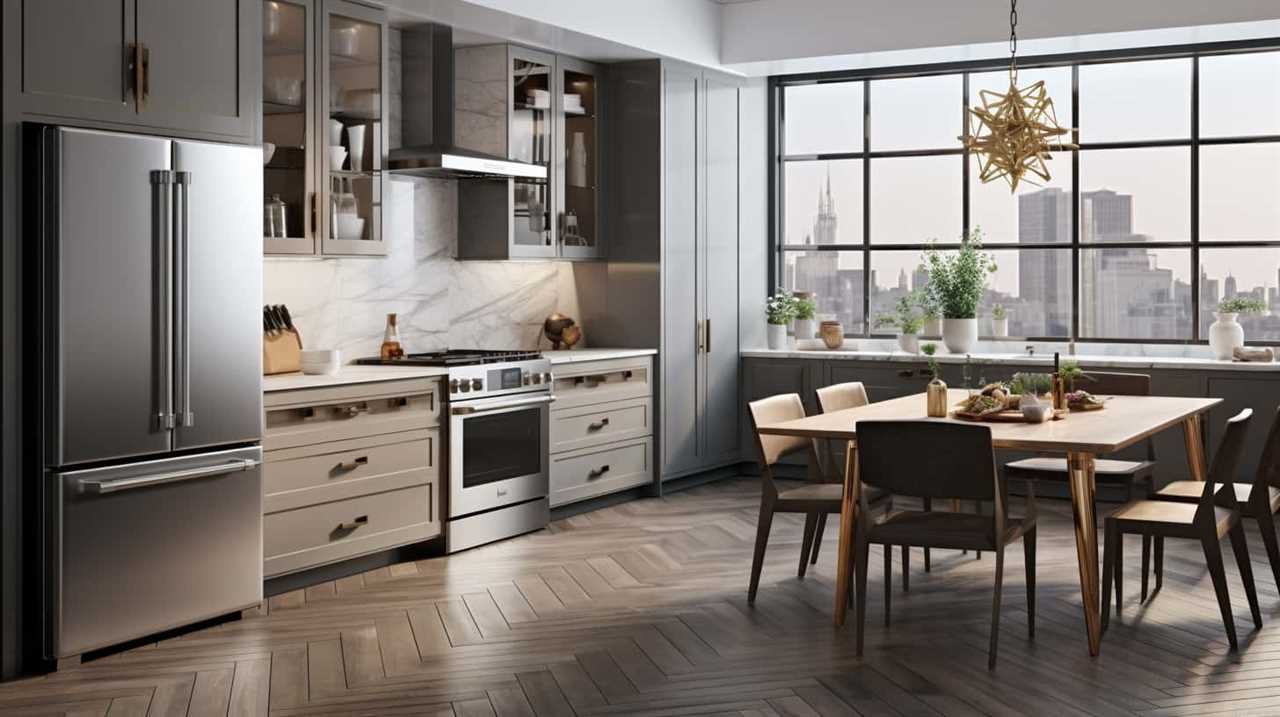
Key Takeaways
- Unplugging appliances completely cuts off power supply and eliminates standby power consumption.
- Unplugging devices when not in use can lead to significant savings on electricity bills.
- Unplugging appliances contributes to environmental sustainability by conserving energy resources and reducing carbon emissions.
- Unplugging appliances is a simple and effective practice for energy-conscious individuals in the UK.
Understanding Standby Power Consumption
Standby power consumption is a significant factor to consider when discussing the efficiency of electrical appliances in the UK. Measuring standby power usage is crucial in assessing the overall energy efficiency of appliances.
Standby power consumption refers to the energy consumed by appliances when they are not actively performing their primary functions but are still plugged in. This power usage can be measured using specialized equipment that calculates the amount of electricity drawn by the appliance in standby mode.
Reducing standby power consumption is a key strategy to enhance energy efficiency and reduce unnecessary energy waste. By implementing measures such as using smart power strips or turning off appliances completely when not in use, standby power consumption can be minimized.
Understanding and addressing standby power consumption is an important step towards effectively measuring the energy usage of appliances in the UK.

Measuring Energy Usage of Appliances
To accurately assess the energy efficiency of appliances in the UK, it is essential to measure the energy usage of these devices. Measuring energy usage accurately allows for a better understanding of how appliances contribute to overall energy consumption and their impact on the environment.
Here are three key factors to consider when measuring energy usage:
- Power Consumption: Measuring the power consumption of an appliance helps determine how much electricity it consumes when in use. This information is crucial in identifying energy-efficient appliances and making informed decisions about their usage.
- Standby Power: Appliances consume energy even when they are not actively being used. Measuring the standby power usage provides insights into the potential energy savings that can be achieved by reducing or eliminating standby power consumption.
- Energy Monitoring: Utilizing energy monitoring devices allows for real-time tracking of energy usage. This data can help identify appliances that are consuming excessive energy and guide efforts to reduce energy consumption.
Accurately measuring energy usage is vital for understanding the environmental impact of appliances and making informed choices to conserve energy.
The Impact of Vampire Energy on Your Electricity Bill
Vampire energy, also known as standby power or phantom load, refers to the electricity consumed by electronic devices when they are not in use but still plugged in. Energy-saving power strips are designed to combat this issue by cutting off power to devices when they are not being actively used.

However, standby mode energy drain can still occur in certain appliances, making it necessary to consider whether unplugging idle devices is a more effective way to reduce electricity consumption and lower your electricity bill.
Energy-Saving Power Strips
Energy-saving power strips can significantly reduce the impact of vampire energy on your electricity bill. These power strips are designed to minimize standby power consumption by cutting off power to connected devices when they are not in use.
Here are 3 key benefits of using energy-saving power strips:
- Energy efficiency: By automatically shutting off power to idle appliances and electronics, these power strips eliminate vampire energy waste. This can result in substantial energy savings over time, reducing your electricity bill.
- Convenience: Energy-saving power strips often come with features like timed outlets or motion sensors, allowing you to customize their operation according to your needs. This eliminates the hassle of manually unplugging devices and ensures optimal energy efficiency.
- Surge protection: In addition to energy savings, many power strips offer surge protection to safeguard your devices from power fluctuations. This can help extend the lifespan of your appliances and electronics.
Standby Mode Energy Drain
While appliances are in standby mode, they continue to consume electricity, resulting in an increase in your electricity bill. This phenomenon is known as standby mode energy drain or vampire energy. Even when you think your appliances are turned off, they are still drawing power from the grid, albeit at a lower level. Standby power management is crucial to mitigate this energy wastage and reduce your electricity costs. By employing energy-saving power strips and implementing standby power management techniques, you can effectively minimize standby mode energy usage. To better understand the impact of vampire energy on your electricity bill, refer to the table below, which illustrates the standby power consumption of common household appliances.

| Appliance | Standby Power Consumption (Watts) |
|---|---|
| Television | 5 |
| DVD Player | 1 |
| Game Console | 2 |
| Computer | 3 |
| Microwave Oven | 1 |
Taking proactive measures to combat standby mode energy drain is crucial to achieve energy efficiency and reduce unnecessary electricity expenses.
Unplugging Idle Devices?
One important consideration to address the impact of standby mode energy drain on your electricity bill is the practice of unplugging idle devices. By unplugging devices that are not in use, you can significantly reduce their energy consumption and save on your electricity costs.
Here are three benefits of unplugging idle devices:
- Energy savings: When devices are left plugged in, they continue to consume energy, even in standby mode. Unplugging them eliminates this vampire energy drain, resulting in lower electricity usage and cost savings.
- Extended device lifespan: Constantly being plugged in can contribute to wear and tear on devices. By unplugging them when not in use, you can prolong their lifespan and reduce the need for costly repairs or replacements.
- Fire safety: Unplugging idle devices reduces the risk of electrical fires caused by overheating or faulty wiring.
Incorporating unplugging as part of your energy-saving practices can contribute to a more efficient and cost-effective use of electricity.
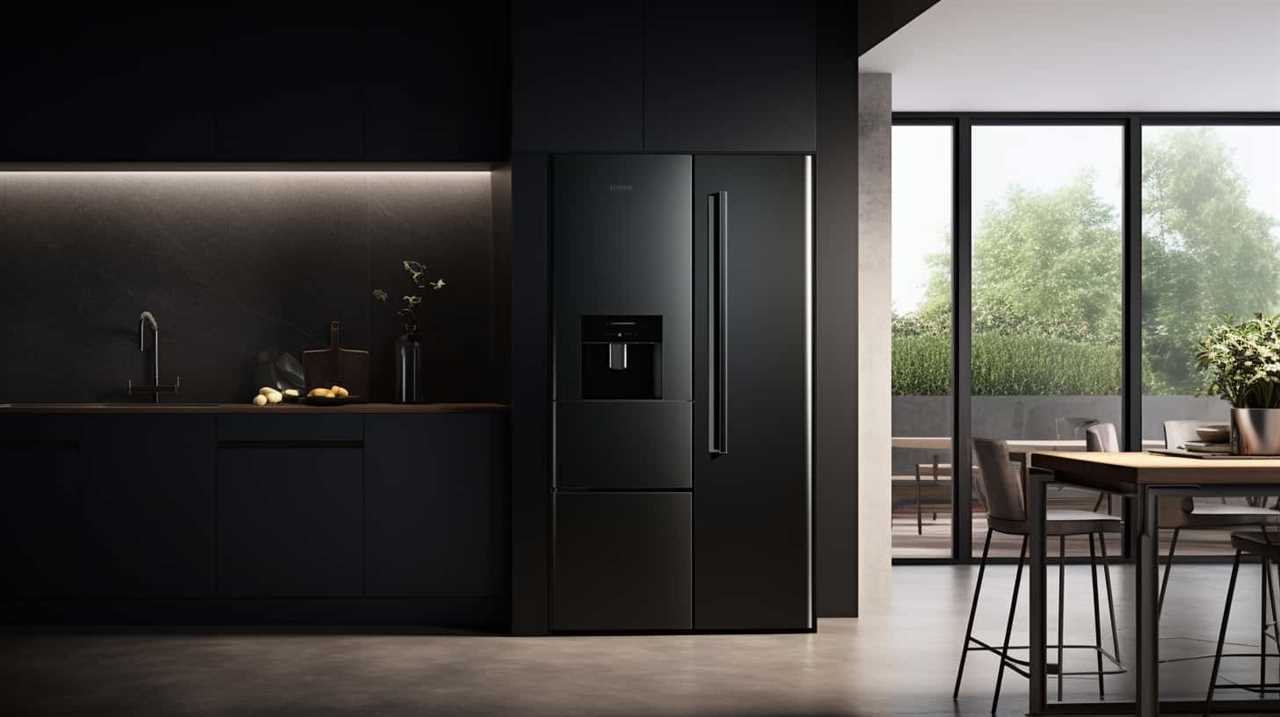
Unplugging Vs. Power Strips: Which Is More Effective
To determine the most effective method for conserving electricity in the UK, it is essential to compare the benefits of unplugging appliances individually versus using power strips.
Power strips offer several advantages when it comes to energy-saving strategies. Firstly, they allow multiple devices to be plugged into a single outlet, eliminating the need for multiple power sources. This not only reduces clutter but also makes it easier to turn off multiple appliances at once.
Additionally, some power strips come with built-in timers or motion sensors that automatically turn off connected devices when they are not in use. This feature ensures that appliances are not left on standby mode, further reducing energy consumption.
Common Appliances and Their Standby Power Consumption
Examining the standby power consumption of common appliances is crucial when assessing the impact of unplugging them on electricity savings in the UK. Measuring standby power usage provides valuable insights into the energy consumption of these devices when they are not in use.
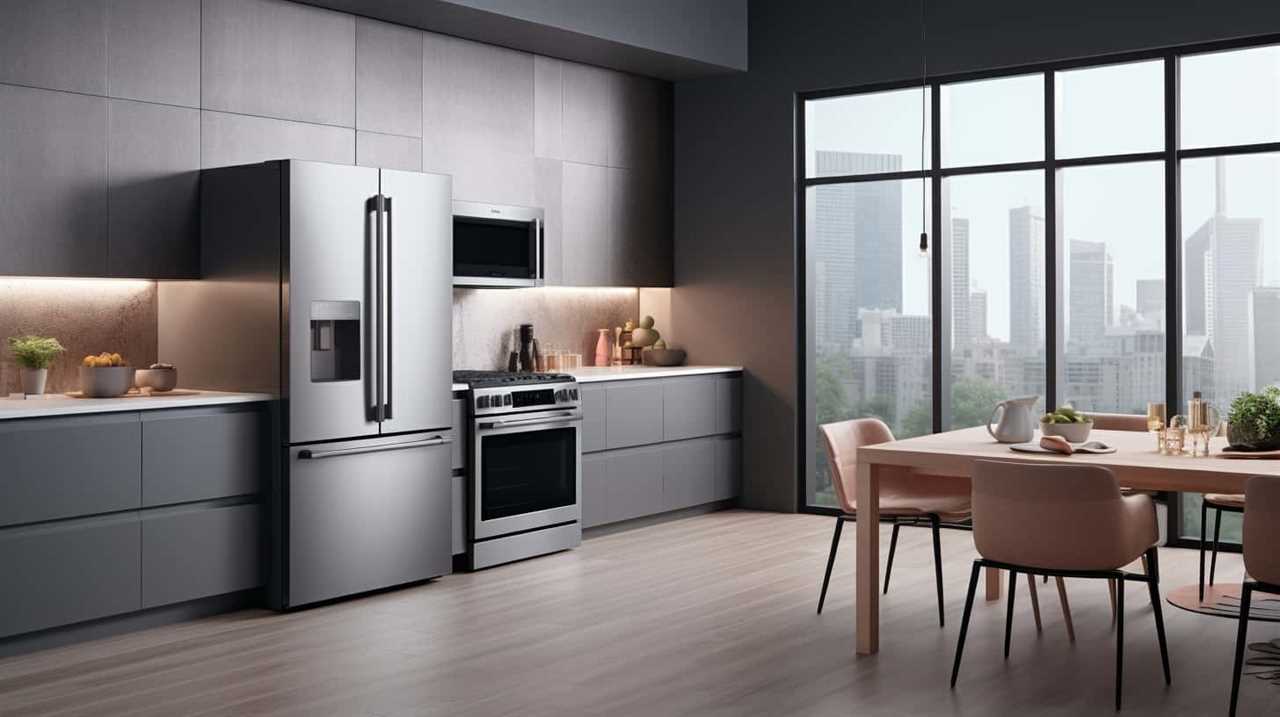
Here are three common appliances and their estimated standby power consumption:
- Television: A typical television can consume around 5 to 10 watts of standby power, even when turned off.
- Computer: Desktop computers can use between 2 to 10 watts of standby power, while laptops consume around 0.5 to 3 watts.
- Microwave: Microwaves typically consume around 2 to 3 watts of standby power.
Understanding the standby power consumption of these appliances highlights the potential benefits of unplugging them when not in use. By unplugging these devices, individuals can reduce unnecessary electricity usage and contribute to energy savings.
Transitioning into the subsequent section about energy-saving tips for unplugging appliances, let’s explore some effective strategies to maximize these benefits.
Energy-Saving Tips for Unplugging Appliances
When aiming to maximize energy savings in the UK, implementing effective strategies for unplugging appliances is crucial. By measuring energy consumption and reducing standby power, individuals can significantly reduce their electricity usage and lower their utility bills. Here are some energy-saving tips for unplugging appliances:
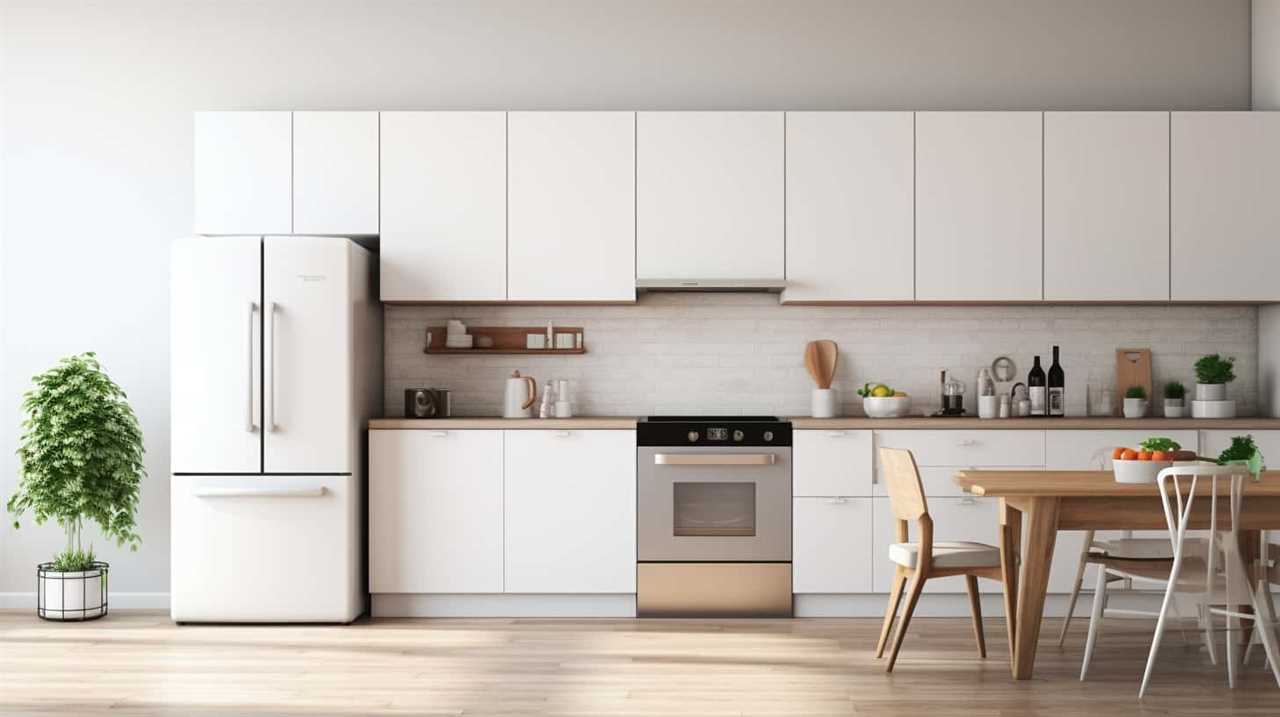
| Appliance | Standby Power Consumption | Energy-Saving Tip |
|---|---|---|
| Television | 1-2 watts | Use a power strip with an on/off switch to completely shut off power to the TV when not in use. |
| Computer | 2-4 watts | Enable power-saving settings and shut down the computer when not in use for extended periods. |
| Phone charger | 0.26 watts | Unplug the charger from the wall socket when your phone is fully charged. |
| Kitchen appliances (e.g., coffee maker, toaster) | 1-5 watts | Unplug kitchen appliances when not in use or use a smart power strip to cut off power completely. |
The Potential Savings of Unplugging Appliances in the UK
When it comes to energy waste from standby mode, unplugging appliances can potentially save electricity in the UK. Standby mode, although convenient, still consumes significant energy.
Energy Waste From Standby
Energy waste from standby can be significantly reduced by unplugging appliances in the UK. Standby power usage, also known as vampire energy, refers to the energy consumed by appliances when they are not in use but still plugged in. By measuring standby power usage, it becomes evident that this energy waste contributes to a substantial portion of the electricity bill.
To address this issue, here are three key reasons why unplugging appliances is an effective solution in reducing energy waste from standby:
- Eliminating standby power consumption: Unplugging appliances completely cuts off the power supply and prevents any unnecessary energy usage.
- Saving on electricity bills: By reducing vampire energy, households can experience noticeable savings on their monthly electricity bills.
- Contributing to environmental sustainability: Unplugging appliances helps conserve energy resources and reduces carbon emissions, supporting a greener and more sustainable environment.
Unplugging appliances is a simple yet effective way to tackle energy waste from standby, making it a worthwhile practice for energy-conscious individuals in the UK.
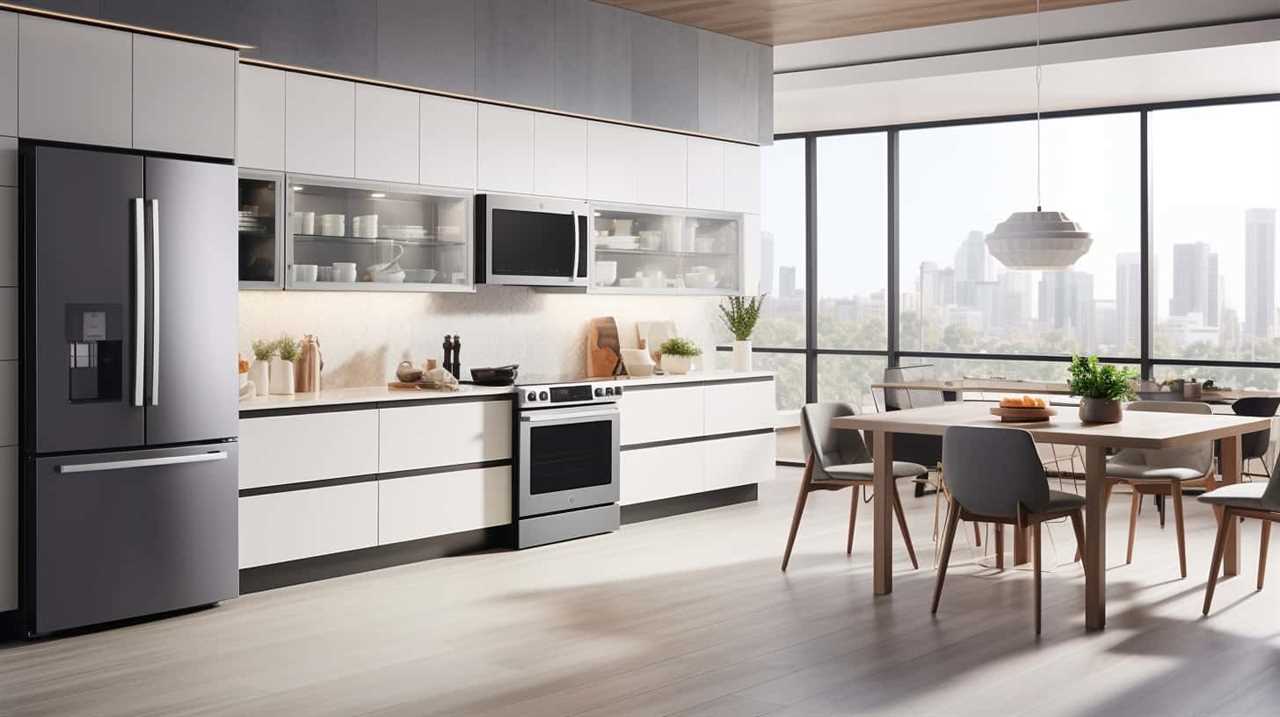
Unplugging Vs. Standby
Unplugging appliances in the UK can potentially lead to significant savings in electricity consumption. Many people are unaware of the benefits of unplugging their appliances when not in use, instead relying on standby mode.
Standby power, also known as vampire power or phantom load, refers to the energy consumed by appliances that are plugged in but not actively being used. While appliances in standby mode may seem harmless, they can still consume a considerable amount of energy over time.
Impact on Electricity Bills
The potential savings of unplugging appliances in the UK can have a significant impact on electricity bills. By reducing energy consumption, individuals can achieve substantial reductions in their monthly expenses. Here are three ways in which unplugging appliances can lead to cost savings:
- Standby power: Many appliances continue to consume electricity even when they are not in use. Unplugging these devices eliminates standby power and prevents unnecessary energy usage, resulting in lower electricity bills.
- Vampire power: Some appliances draw power even when turned off, known as vampire power. Unplugging these devices completely cuts off their energy consumption, leading to additional savings.
- Cumulative effect: Although individual devices may consume a small amount of energy when left plugged in, the cumulative effect of multiple appliances can be significant. By unplugging all unused devices, households can achieve notable reductions in energy consumption and subsequently reduce their electricity bills.
In addition to saving money, reducing energy consumption through unplugging appliances also has a positive impact on the environment by reducing carbon emissions and conserving natural resources.
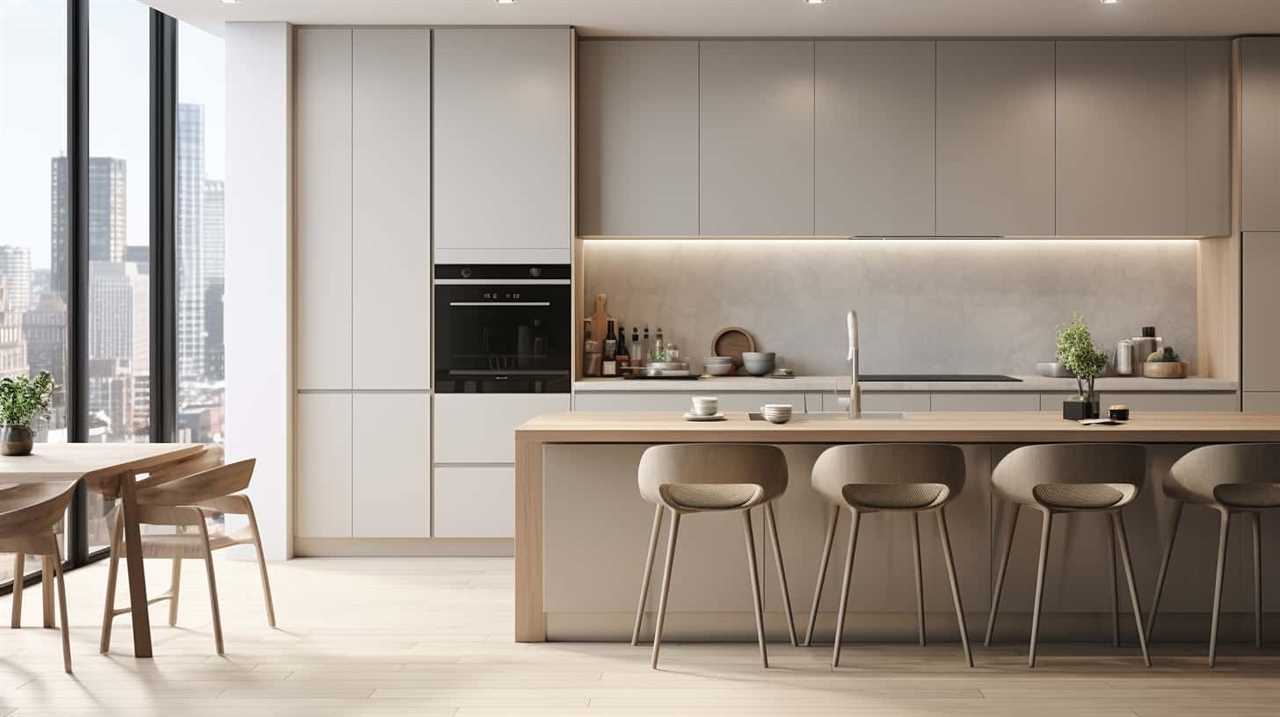
Frequently Asked Questions
Can Unplugging Appliances Really Save Electricity in the Uk?
Unplugging appliances can significantly impact overall energy consumption in the UK. Smart technology plays a vital role in reducing standby power consumption by enabling remote control and scheduling functions, maximizing energy efficiency.
How Much Energy Does Standby Power Consumption Contribute to My Electricity Bill?
Standby power consumption significantly contributes to electricity bills and has adverse effects on the environment. A comparative analysis of standby power consumption in different countries reveals variations in energy usage, emphasizing the need for efficient energy management.
What Are Some Common Appliances That Consume Standby Power?
Common appliances that consume standby power include televisions, computers, game consoles, and chargers. Standby power consumption can contribute significantly to energy waste, highlighting the importance of unplugging these devices to save electricity and reduce environmental impact.
Is It More Effective to Unplug Appliances Individually or Use Power Strips?
Using smart power strips can be more effective in saving energy as they eliminate standby power consumption. This not only reduces electricity usage, but also has a positive impact on the environment by reducing carbon emissions.

What Are Some Energy-Saving Tips for Unplugging Appliances?
To optimize energy consumption and reduce phantom power, adopting energy-saving habits such as unplugging appliances when not in use is highly recommended. This simple practice can contribute significantly to overall electricity savings.
Will Unplugging Appliances Frequently Cause Damage?
Unplugging appliances frequently does not necessarily cause damage. In fact, it can actually save energy and reduce the risk of electrical fires. However, constantly unplugging and plugging in appliances can lead to wear and tear on the outlets and cords, potentially causing damage over time.
Conclusion
In conclusion, although unplugging appliances may seem like a small effort, it can yield significant energy savings in the UK.
By understanding standby power consumption and measuring energy usage, individuals can effectively minimize the impact of vampire energy on their electricity bills.
Utilizing power strips and adopting energy-saving habits further enhance the effectiveness of unplugging.
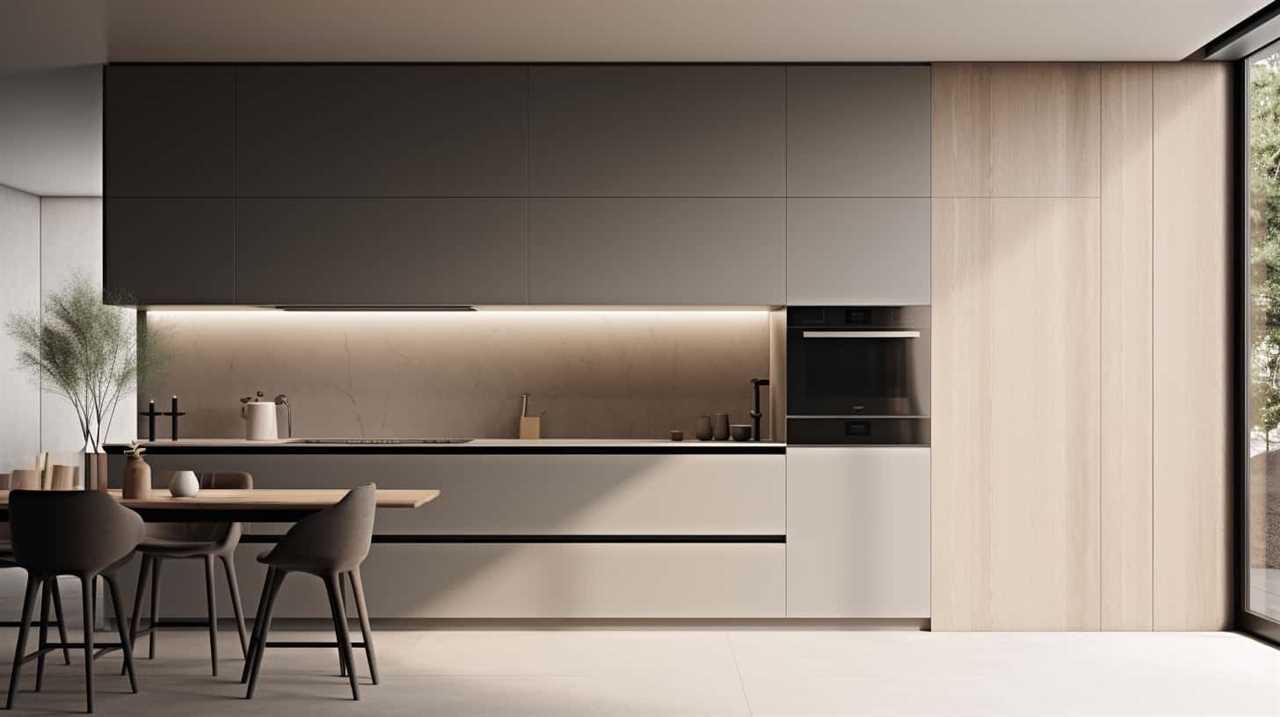
By considering common appliances and their standby power consumption, individuals can make informed decisions to reduce their energy consumption and contribute to a more sustainable future.

